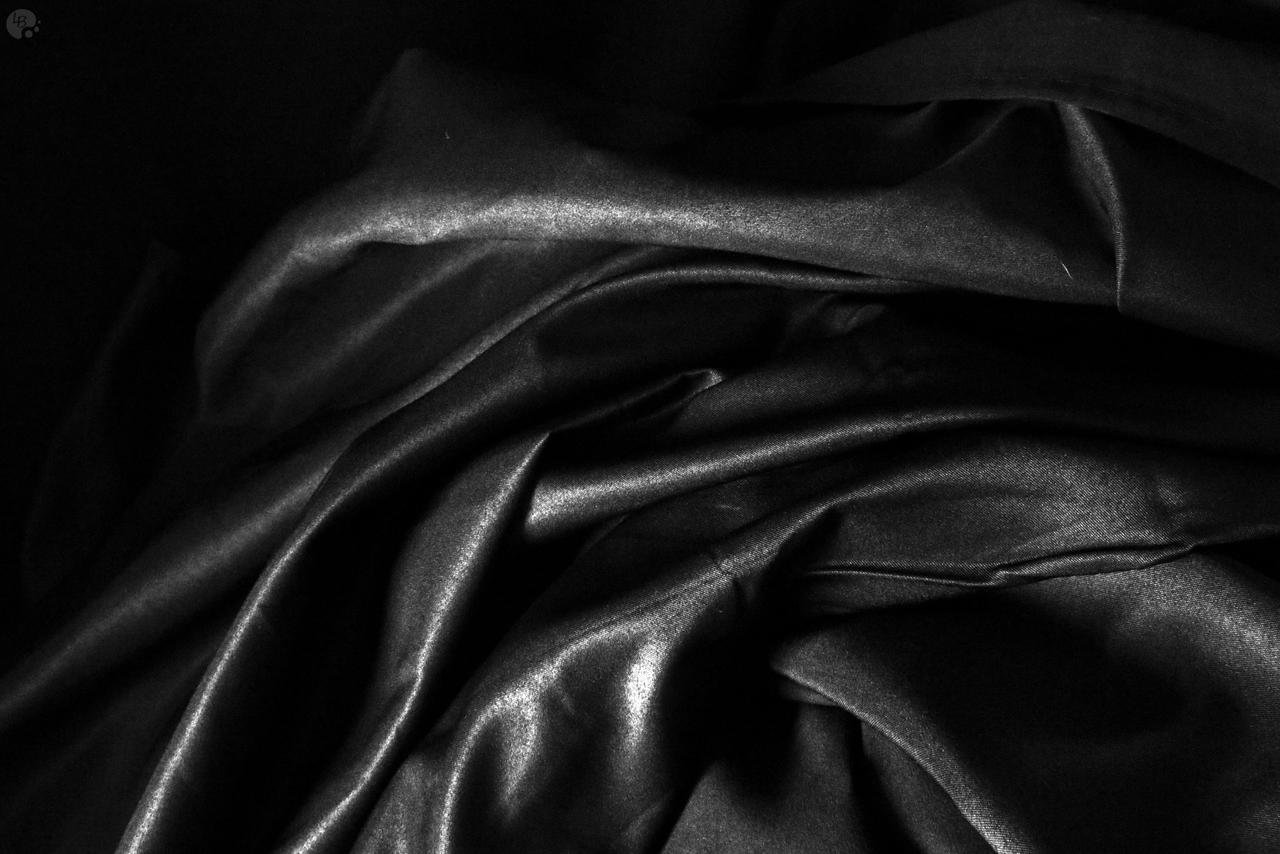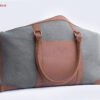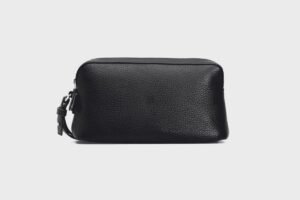Genuine vs Faux Leather: Key Differences You Should Know
One of the most common dilemmas when choosing leather products is deciding between genuine leather and faux leather. Both materials have unique qualities and applications, but understanding their differences can help you make informed decisions. At Leather Mingle, we pride ourselves on offering high-quality leather products, and today, we’re here to break down the key differences between genuine and faux leather to guide your next purchase.
1. Origin and Composition
Genuine Leather:
Genuine leather is derived from animal hides, typically from cows, goats, or sheep. The process involves treating and tanning the hide to create a durable and flexible material. This natural origin gives genuine leather its characteristic texture, smell, and durability.
Faux Leather:
Faux leather, also known as synthetic leather, is made from artificial materials such as polyurethane (PU) or polyvinyl chloride (PVC). These materials are designed to mimic the look and feel of real leather without using animal products. Faux leather is often favoured by those seeking vegan or cruelty-free alternatives.
2. Appearance and Texture
Genuine Leather:
- Genuine leather has a natural, uneven grain pattern, making each piece unique.
- Over time, it develops a patina, enhancing its character and appeal.
- The texture is softer and more supple compared to faux leather.
Faux Leather:
- Faux leather often has a uniform and consistent grain pattern, which can look less authentic.
- It lacks the depth and character of genuine leather and doesn’t develop a patina.
- The texture may feel smoother but less natural.
3. Durability and Longevity
Genuine Leather:
- Known for its durability, genuine leather can last for decades with proper care.
- It’s resistant to cracking and tearing, making it ideal for everyday use.
- Genuine leather ages gracefully, becoming more beautiful over time.
Faux Leather:
- While faux leather is durable, it doesn’t match the longevity of genuine leather.
- It’s prone to cracking, peeling, and losing its appearance over time.
- Faux leather does not age or improve with use.
4. Environmental Impact
Genuine Leather:
- The production of genuine leather involves the use of animal hides, which can raise ethical concerns.
- However, many leather manufacturers now use eco-friendly tanning processes to minimize their environmental footprint.
Faux Leather:
- Faux leather is considered vegan but is made from plastics, which can have a significant environmental impact.
- It’s not biodegradable, contributing to long-term waste.
- Some manufacturers are now using plant-based alternatives to reduce the ecological impact of faux leather.
5. Cost
Genuine Leather:
- Genuine leather is typically more expensive due to its natural origin and labour-intensive production process.
- It’s considered a long-term investment, as its durability justifies the cost.
Faux Leather:
- Faux leather is usually more affordable, making it an attractive option for budget-conscious buyers.
- While cheaper upfront, its shorter lifespan may result in higher replacement costs over time.
6. Maintenance
Genuine Leather:
- Genuine leather requires regular care, such as cleaning and conditioning, to maintain its quality.
- It’s resistant to water but can stain if not treated properly.
Faux Leather:
- Faux leather is low maintenance and easy to clean with just a damp cloth.
- It’s more resistant to stains and water compared to genuine leather but doesn’t offer the same luxurious feel.
7. Applications
Genuine Leather:
- Commonly used in high-end products such as furniture, bags, shoes, and jackets.
- Preferred for items where durability and aesthetics are key.
Faux Leather:
- Popular in fashion, upholstery, and accessories due to its affordability and versatility.
- Ideal for trend-driven designs and temporary-use items.
8. Ethical Considerations
Genuine Leather:
- The use of animal hides raises ethical concerns for some consumers.
- However, many leather producers source hides as by-products of the meat industry, reducing waste.
Faux Leather:
- Faux leather appeals to vegan and cruelty-free consumers as it doesn’t involve animal products.
- The environmental impact of plastic-based faux leather remains a significant consideration.
Which One Should You Choose?
The choice between genuine and faux leather depends on your preferences, budget, and intended use. If you value authenticity, durability, and timeless elegance, genuine leather is an excellent investment. However, if affordability, ease of maintenance, and ethical concerns are more important to you, faux leather could be the better choice.
Why Choose Leather Mingle?
At Leather Mingle, we specialize in premium leather products that cater to a variety of tastes and needs. Whether you prefer the natural charm of genuine leather or the practicality of faux leather, we have something for everyone. Our commitment to quality ensures that every product you purchase is crafted with care and precision.
Explore our collection today and find the perfect leather product to suit your style and lifestyle. Still unsure? Contact our team for expert advice on choosing the best leather option for your needs.
Discover the Difference at Leather Mingle!









Add comment